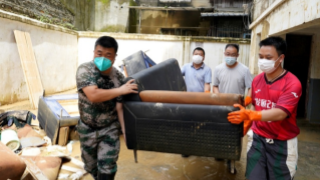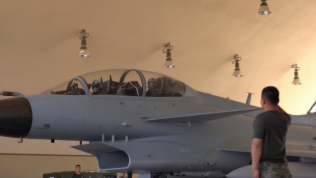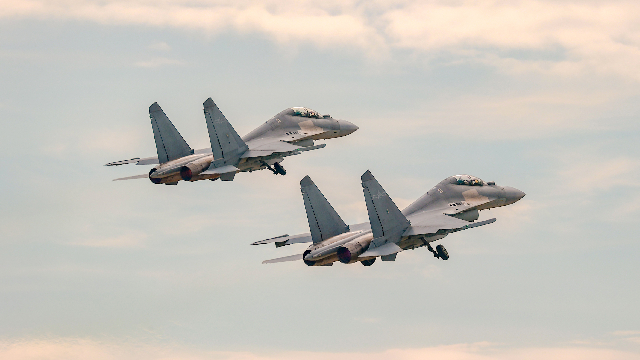The US once again refused to be held accountable for killing civilians in the Middle East. On May 17, local time, US Secretary of Defense Lloyd Austin approved an internal investigation report by Pentagon that claimed that “no Rules of Engagement (ROE) or Law of War (LOW) violations occurred” in American military’s air strikes in the vicinity of Baghuz, Syria in 2019, which killed more than 64 civilians, and the investigation results didn’t demand any disciplinary actions. Admitting killing Middle Eastern civilians but refusing to call that a crime – How typical! How American!
Why does the Pentagon come up with such a seemingly investigative but actually exonerative report now? Because what they did there could no longer be covered up.
In November 2021, New York Times published an article titled “How the US hid an airstrike that killed dozens of civilians in Syria”, which revealed how the US military UAVs dropped a 500-pound bomb and two 2,000-pound bombs in Baghuz on March 18, 2019, killing more than 60 civilians. The newspaper called it one of the largest civilian casualty incidents of the war against ISIS, but it has never been publicly acknowledged by the US military. NYT’s following investigations brought to light many other tragic civilian casualties caused by the US airstrikes in Iraq and Syria.
In face of mounting pressure, the US Department of Defense (DoD) was forced to announce last November that it would investigate the strikes, which resulted in the recent internal report. Pentagon Press Secretary John Kirby said at the press briefing on May 17, “we killed some innocent civilians, women and children”, but he tried to excuse or justify that with the fact that it was “in the fog of war, in the midst of combat”.
“I killed innocent people, but I’m innocent.” This is what Pentagon’s internal report comes across as – full of denial and chicanery. NYT’s earlier investigations into the Baghuz airstrike showed that the targets of the strike were women, children and captives, who were not eligible targets of attack according to international law. Yet Pentagon’s report insisted “there were no violations of ROE or LOW”, and didn’t hand out any disciplinary actions.
Although Pentagon has its own system to evaluate the civilian casualties caused by its airstrikes, the system falls short of transparency and an accountability mechanism. Take the airstrike in Baghuz for example. US officers had information on the casualties at first opportunity, and a US Air Force attorney, after watching videos of the strike and going through other information, reported to his superior that it was a possible war crime that required an investigation, but his request was rejected. “At nearly every step, the military made moves that concealed the catastrophic strike. The death toll was downplayed. Reports were delayed, sanitized and classified. US-led coalition forces bulldozed the blast site.” NYT said.
But nobody knows its way around evasion and paltering better than Pentagon, whose report only admitted that the military’s primary estimation of Baghuz airstrike was inappropriately handled on several commanding levels, which led to delayed reporting and insufficient information, but “there was no malicious intent”, nor was there any evidence to prove that the military tried to conceal its decisions or actions.
The deliberate neglect and systematic cover-up within the US military are the reason for its repeated mistakes. Gene Tate, a former evaluator at the DoD inspector general’s office, was a key lead in NYT’s exposure of the Baghuz scandal. He was fired for accusing the Pentagon of inaction during the Baghuz airstrike investigation. After Pentagon’s internal report came out, Tate said it was a typical government move – we made a mistake, but there was no misconduct. The thing is, if the same mistake keeps happening over and over for so many years, shouldn’t someone be held accountable for it and do something about it?
Editor's note: This article is originally published on the haiwainet.cn, and is translated from Chinese into English and edited by the China Military Online. The information, ideas or opinions appearing in this article do not necessarily reflect the views of eng.chinamil.com.cn.









